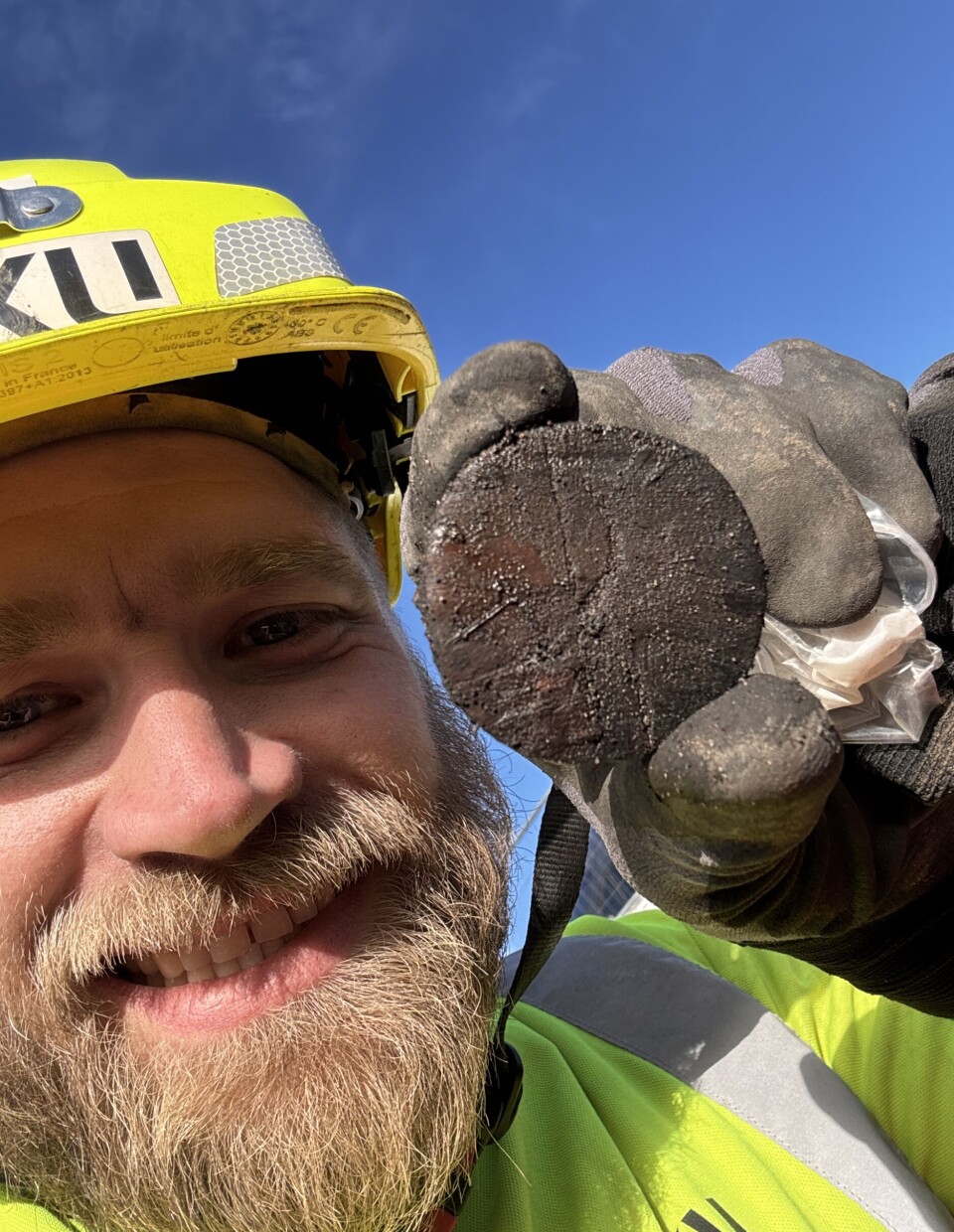
Rune stick and game piece with runic inscriptions found in eastern Norway
What kind of game were people playing at the Tønsberg harbour with this piece, 800 years ago?
In what was once a quay foundation at the Tønsberg harbour, one of Norway's oldest cities, archaeologists have found a rare game piece.
Game pieces themselves are not a rare find. Archaeologists actually find a fair number of them. People played so much during the Middle Ages that they developed gambling problems, which were addressed in legislation.
But on this particular piece, there are runes.
On one side, there is an r, and on the other side, there is a u.
"Finding runes is special," archaeologist Hanne Ekstrøm Jordahl tells sciencenorway.no.
She is the office manager for the Norwegian Institute for Cultural Research's (NIKU) office in Tønsberg and the project leader for the excavation in Tønsberg city centre.
"We have picked up hundreds of wooden bits and cattle ribs, things we thought might have engravings, and we've turned them over and examined them multiple times. So it was a bit like yes, there it is!" she says.
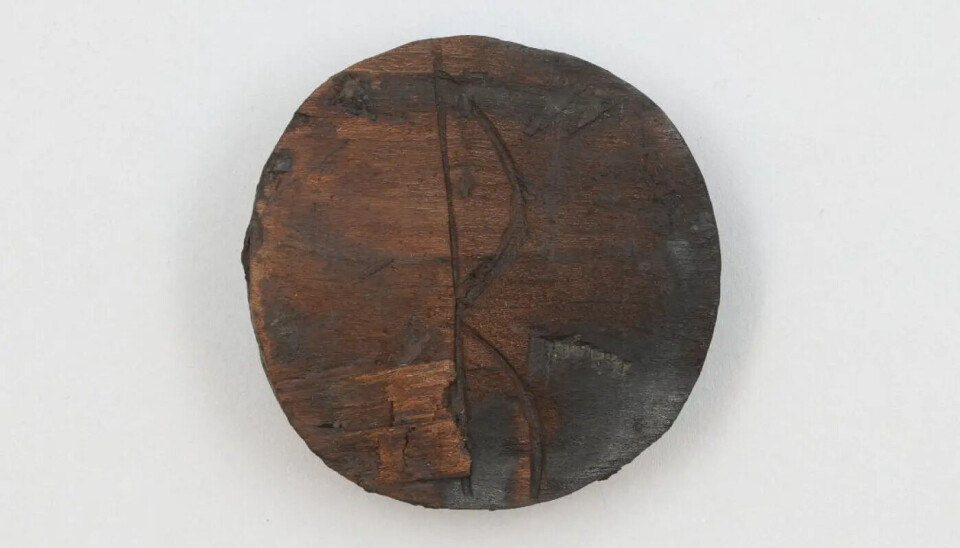
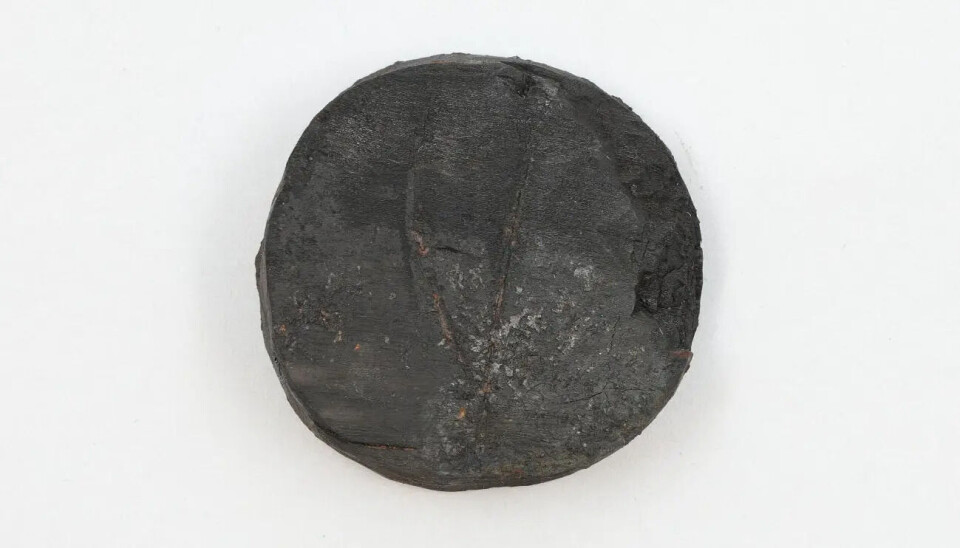
And then they found more!
The game piece was the first rune find in Tønsberg in over eight years, despite extensive excavations.
And then, they recently found even more runes, this time on a rune stick.
"Now we have two rune finds in a relatively short time, both in this harbour area. This is the kind of thing that really excites us," says Jordahl.
"These are not everyday finds," she adds.
The archaeologists believe they see three runes on the rune stick, which may have been a marker stick – a kind of label of some sort. The clearest rune resembles a t.
" We’ll have to wait for one of the runologists to examine it before we know more about what it might say," she says.
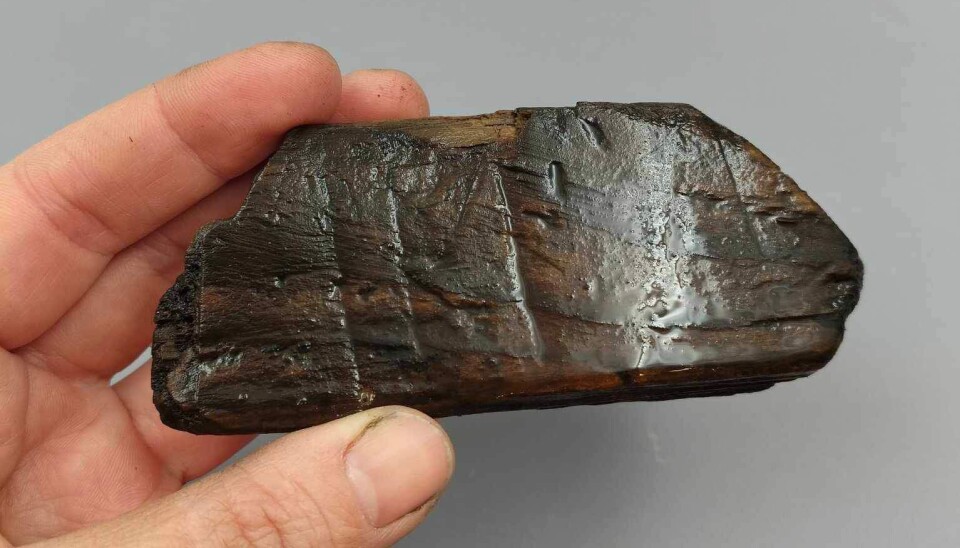
Drank and played games at the harbour
The game piece, about 5 cm in diameter, is in remarkably good condition, though somewhat fire-damaged, says Jordahl.
It has likely been tightly packed in wood chips for perhaps 800 years. Although dating tests have not yet been conducted, Jordahl estimates it likely dates to the 1200s.
"You can imagine a few scenarios. We're here in the lower part of town, by the harbour. Maybe they were sitting in one of the town's taverns, playing board games and enjoying a drink. It's fun to think about," she says.
Jordahl and her colleagues suggest the piece might have been used to play checkers.
Three other game pieces were also found nearby. One was made of wood, and two were made from antler, one of which featured a circular design.
Confirms the presence of runes
Runologist Kristel Zilmer from the Museum of Cultural History has examined the game piece from the Tønsberg excavation and confirms that it has an r on one side and a u on the other.
"It's interesting that some runes and Latin letters share similar forms," says Zilmer.
The r on the game piece is similar to the one we use today, which people in the Middle Ages would also recognise from Latin script.
"But here, we identify it as a rune because that’s what we would expect on small medieval artefacts like this. Additionally, there’s a u on the opposite side, and both symbols are typical of runic script,” says Zilmer.
Zilmer examined the game piece before its conservation, while it was still in a water bath.
As the piece dries, it may shrink slightly, making it easier to distinguish deliberate cuts and carvings from incidental marks.
Although Zilmer has only seen photos of the rune stick, she confirms that it appears to show runes, with the third symbol resembling a t rune.
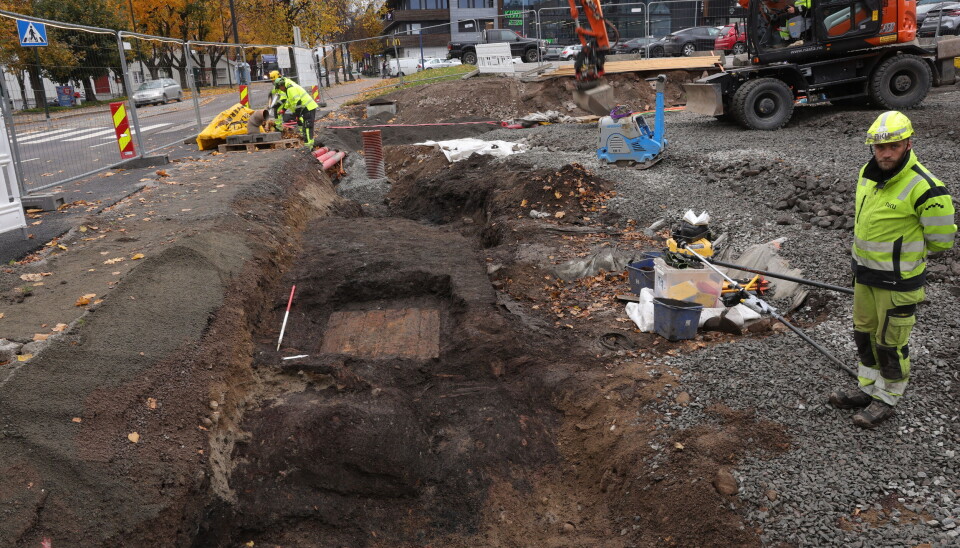
Sigrid and Arne's game pieces
In total, no more than 5-6 game pieces with runes have been found in Norway, says Zilmer.
Two of them were found in Oslo in the 1980s. One had the name Arne, or Árni as it was then, engraved on it. The other bore the woman's name Sigrid (Sigríðr).
At the dock in Bergen, on the west coast of Norway, a game piece made of whale bone with a circular design on the top was discovered. On the underside, it was engraved with Viking (Víkingr) – a well-known male name in the Nordic Middle Ages.

On a fragment of what may have been a game piece found in Tønsberg in the early 1970s, the name Lodur (Lóðurr) might be inscribed. This is also a name known from the Norse poem Völuspá.
It is possible that someone simply engraved the names Viking and Lodur, or perhaps these names had a role in the games they were part of.
Finally, a game piece with runes was found a couple of years ago in Trondheim.
"I haven't seen it myself, but from the photos, it appears to be a soapstone game piece with intricate ornamentation. It is believed that rune forms are part of the decoration and have been interpreted as runic script," says Zilmer.
A daring dice game
Confirmed finds indicate that some individuals carved their names into their game pieces.
The latest discovery features just two letters, one on each side.
"There’s some mystery around these simple runes. Do they refer to a person, or is the piece itself marked in a way that assigned it a specific role in the game?" she asks.
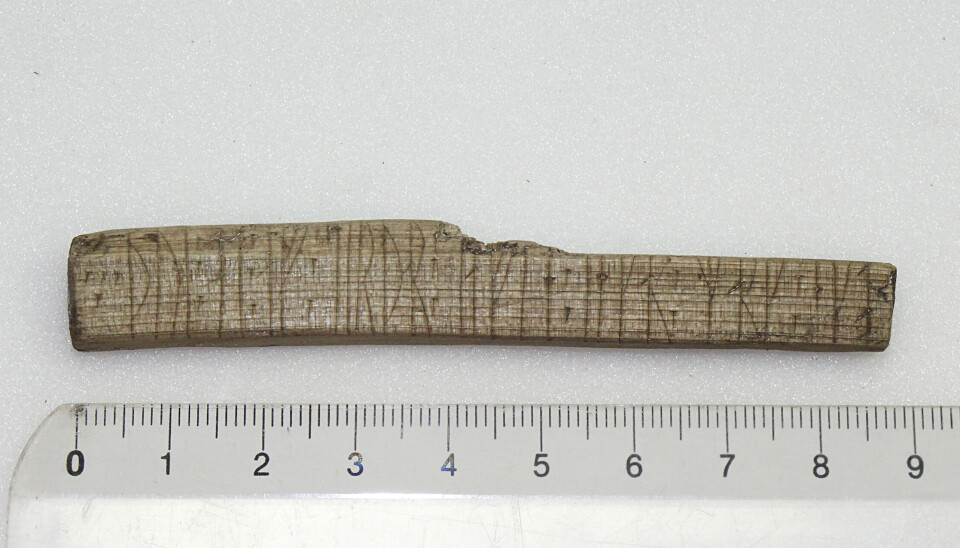
"We can assume that games and other activities were part of daily life in the medieval town," says Zilmer.
Games provided entertainment, developed strategic skills, and, as mentioned, they could create problems – or perhaps opportunities – for those involved.
A rune stick found at the dock in Bergen confirms this.
On one side, there may be the male name Erlend and a reference to betting money – the interpretation is somewhat unclear. On the other side, according to runologist Aslak Liestøl, it reads, 'from daring dice games come all kinds of outcomes.'
———
Translated by Alette Bjordal Gjellesvik
Read the Norwegian version of this article on forskning.no
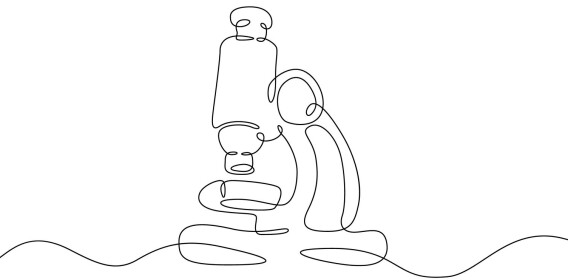
Subscribe to our newsletter
The latest news from Science Norway, sent twice a week and completely free.




































